How to Use Zapier to Automate Online Forms
Collecting form submissions is just the first step. What really matters is what happens next, like sending leads to your CRM, alerting your team, or triggering a follow-up email.
If you are tired of doing manual work, this guide is for you. It shows you how to send your form data directly to tools like Google Sheets, Slack, or your CRM.
Here’s how to use Zapier. You can connect your online forms to over 6000 apps. This will help you automate your workflows like a pro. Best of all, you won’t need to write any code.
What Is Zapier?
Zapier is a no-code automation platform that lets you connect apps and automate tasks across tools.
Think of it as a bridge. It connects your online form to the tools you use every day. These tools include Gmail, Slack, Google Sheets, Notion, Airtable, and more.
With Zapier, you can create automated workflows called “Zaps” that trigger actions when someone submits a form.
For example:
Send form submissions to Google Sheets
Notify your team in Slack or Microsoft Teams
Add contacts to your CRM
Trigger email sequences in Gmail or Mailchimp
Create calendar events
And much more.
Why Automate Form Workflows with Zapier?
Here’s how you benefit:
Save hours of manual data entry.
Reduce human error in collecting and transferring data.
Get real-time updates across your team.
Build smarter processes across marketing, sales, and operations.
Focus on work that matters while the tools handle the busy work.
Pair this with Formester's Email Notifications and Autoresponders, and your form can become a full-on automation engine.
How to Connect Formester to Other Apps Using Zapier
Let’s walk through a real example. If you want to collect leads from a form, you can send them to a CRM like Airtable or Addable. Then, you can follow up using Gmail.
Step 1: Create a Form in Formester
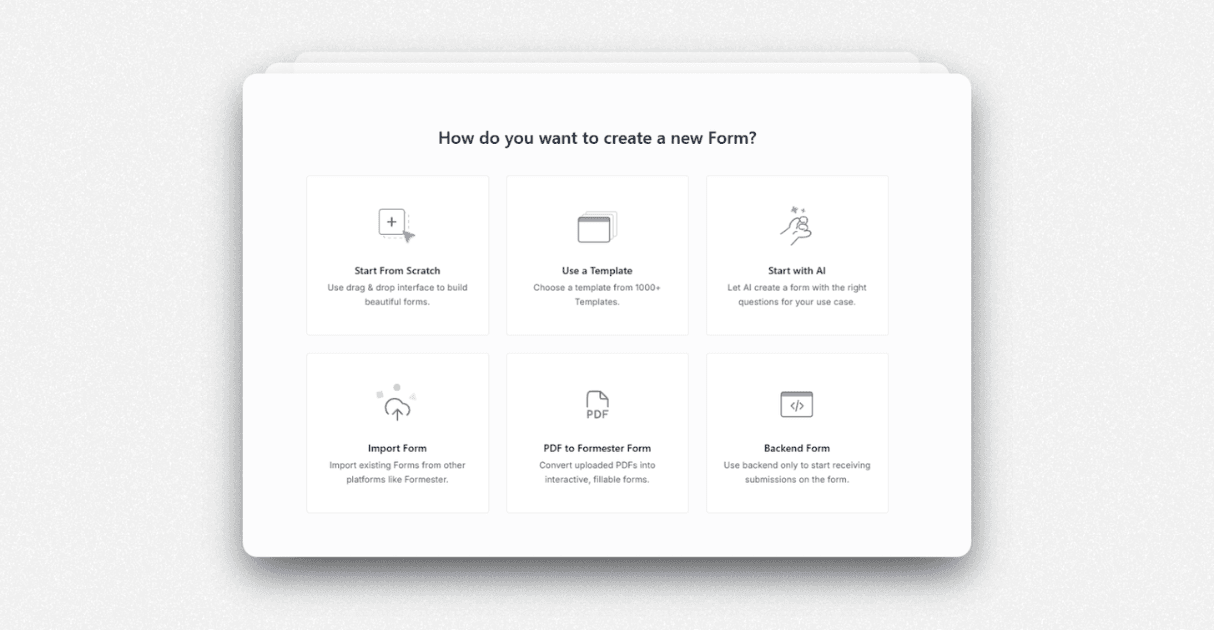
First, log in to your Formester account and create a new form using the drag-and-drop builder or AI form builder.
Add fields like:
Name
Email
Phone Number
Once your form is ready, publish it and grab the form URL.
Step 2: Log Into Zapier
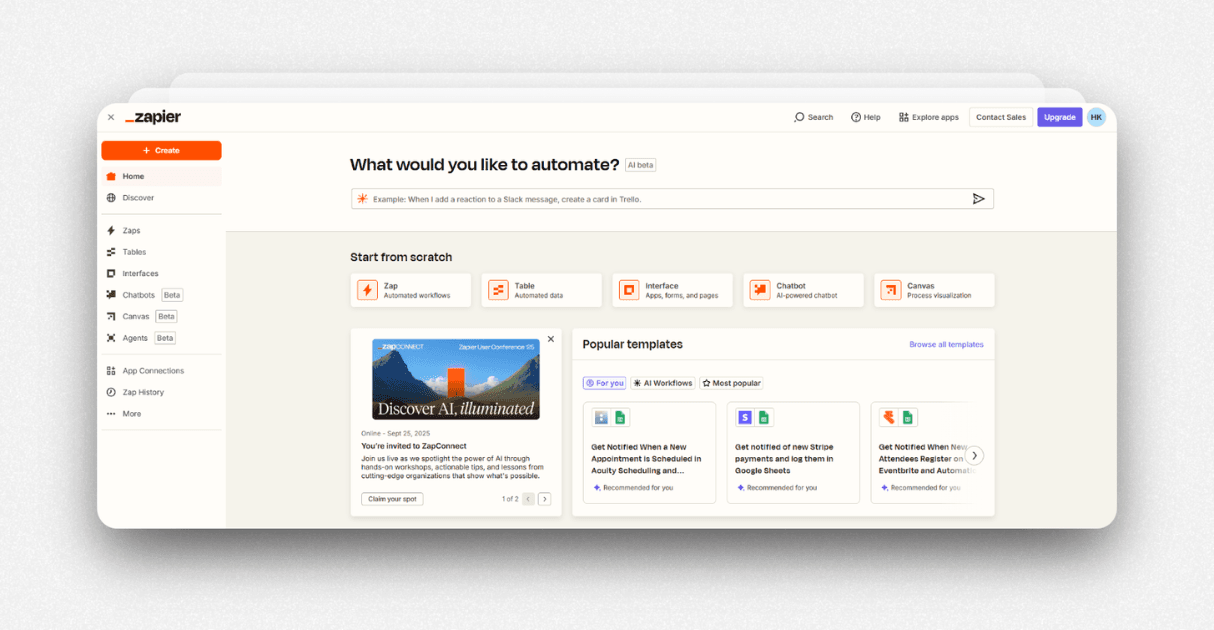
Go to Zapier.com and log in or create a free account.
Click “**Create Zap.**” Every Zap has:
A Trigger (what starts the workflow)
One or more Actions (what should happen next)
Step 3: Set Formester as the Trigger

In the Trigger section, search for Formester.
Choose the trigger event: New Submission
Connect your Formester account to Zapier.
Select your form (e.g. "Lead Capture Form").
Click Continue and test the trigger by submitting the form once.
Zapier will pull the most recent submission data.
Step 4: Set the Action (e.g. Add to CRM)
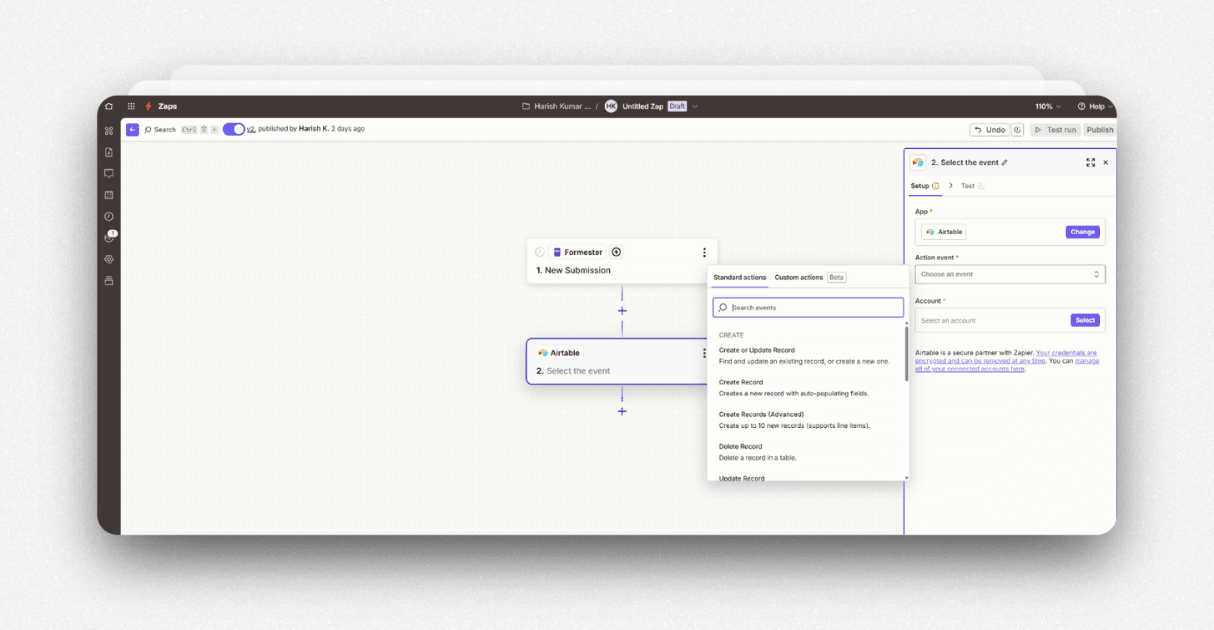
Now, choose the app where you want to send the data, like Airtable, Addable, or Google Sheets.
Select your destination app (let’s say Airtable).
Choose the action event: Create Record or Update Record.
Connect your Airtable account.
Select the base and table where data should go.
Map form fields to table columns (e.g. name → name, email → email).
Test the action to make sure data is flowing correctly.
Step 5: Add More Steps (Optional)
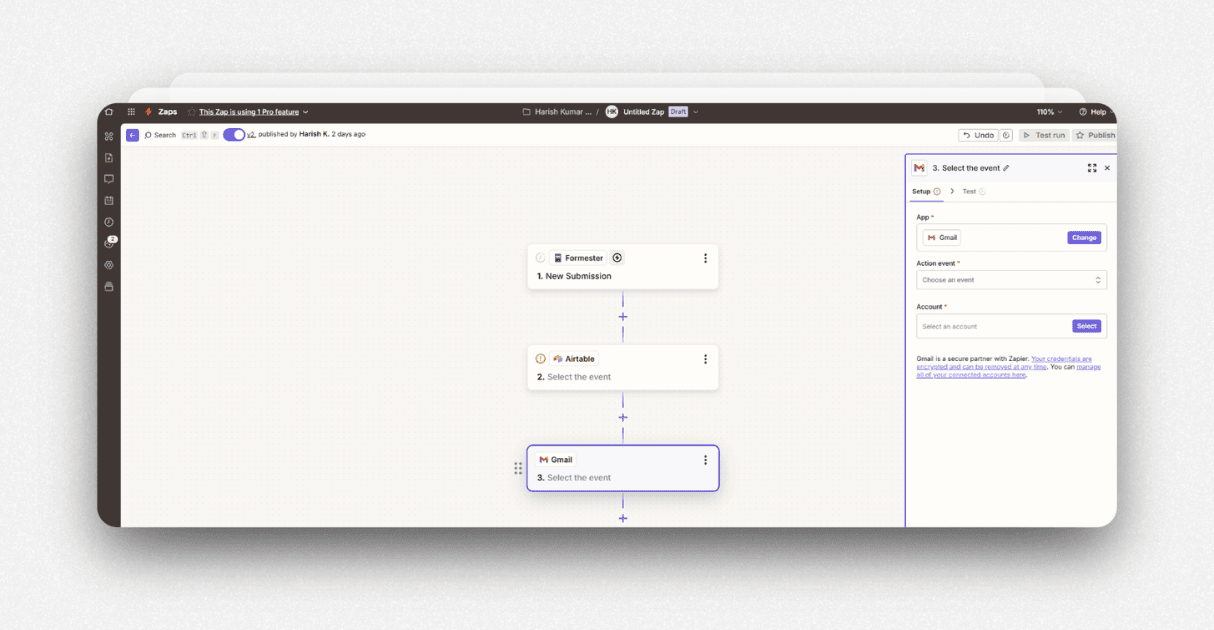
You can build multi-step Zaps. For example:
1: Send data to CRM
2: Send an email through Gmail
3: Notify team on Slack
Each step pulls in data from previous steps, so you can automate complex workflows using both form data and CRM data.
Step 6: Publish and Test the Zap
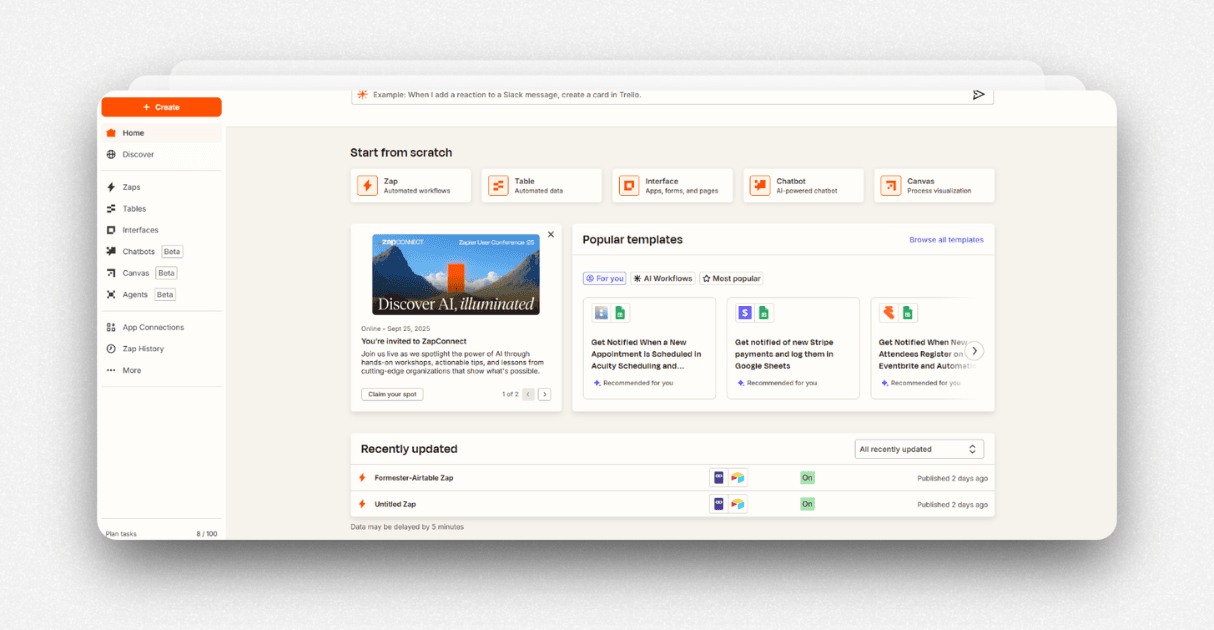
Once everything looks good:
Click Publish
Rename your Zap (e.g. “Form to CRM Automation”)
Submit a test entry through your form
Now, check your CRM or Slack channel. If you’ve set everything correctly, you’ll see the data show up in real time—automatically.
Use Cases: Where Zapier + Forms Shine
Here are some high-impact use cases:
Lead Capture: Auto-populate leads into your CRM and follow up instantly
Appointment Scheduling: Add new appointments to your calendar
Feedback Collection: Route feedback to Slack channels and create a task in Notion
Internal Requests: Trigger IT or HR workflows and update databases
Email Campaigns: Add subscribers to Mailchimp or trigger Gmail sequences
Want to customize what data is passed? Use Hidden Fields in Formester to store UTM parameters, campaign IDs, or user info silently.
Try It with Formester
Formester makes it easy to create powerful, flexible forms. And Zapier lets you take them further with automation.
Together, they help you:
Turn submissions into action
Avoid repetitive work
Stay focused on growth
Use Conditional Logic to show or hide fields based on answers. This creates a smart form that works like a real assistant.
Final Thoughts
You don’t need a developer or a complex backend to build powerful workflows. All you need is a form, Zapier, and a few minutes.
By linking your Formester forms to Zapier, you can automate tasks like lead generation and onboarding. You can set up alerts and more, all without coding and with complete control.

